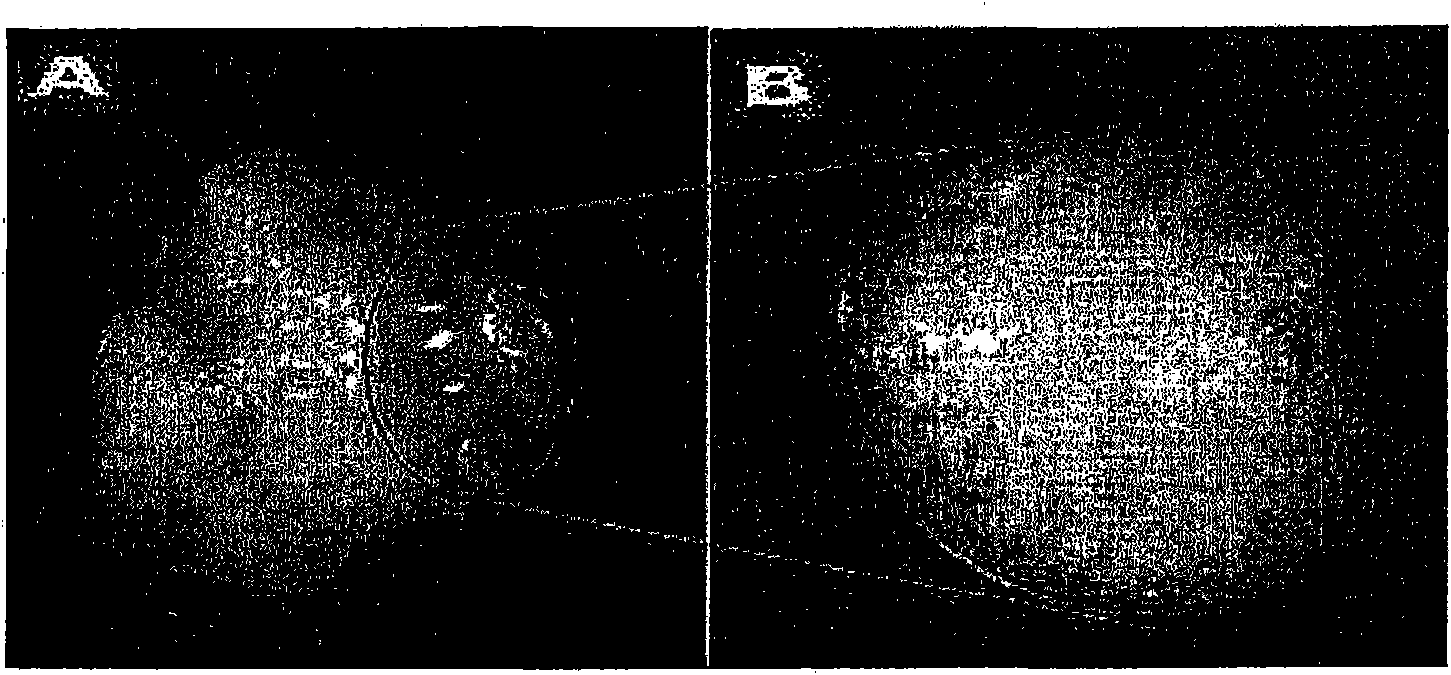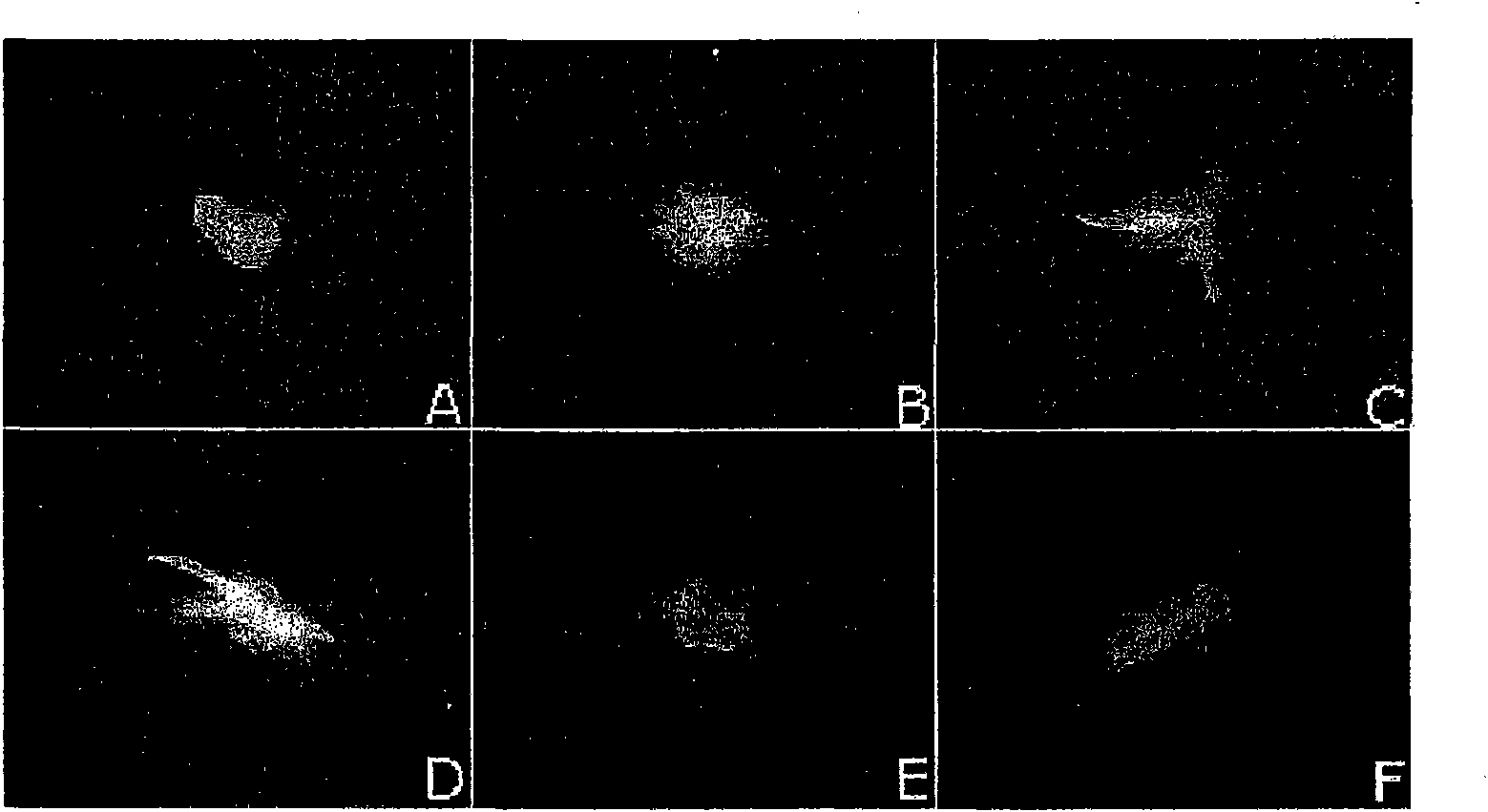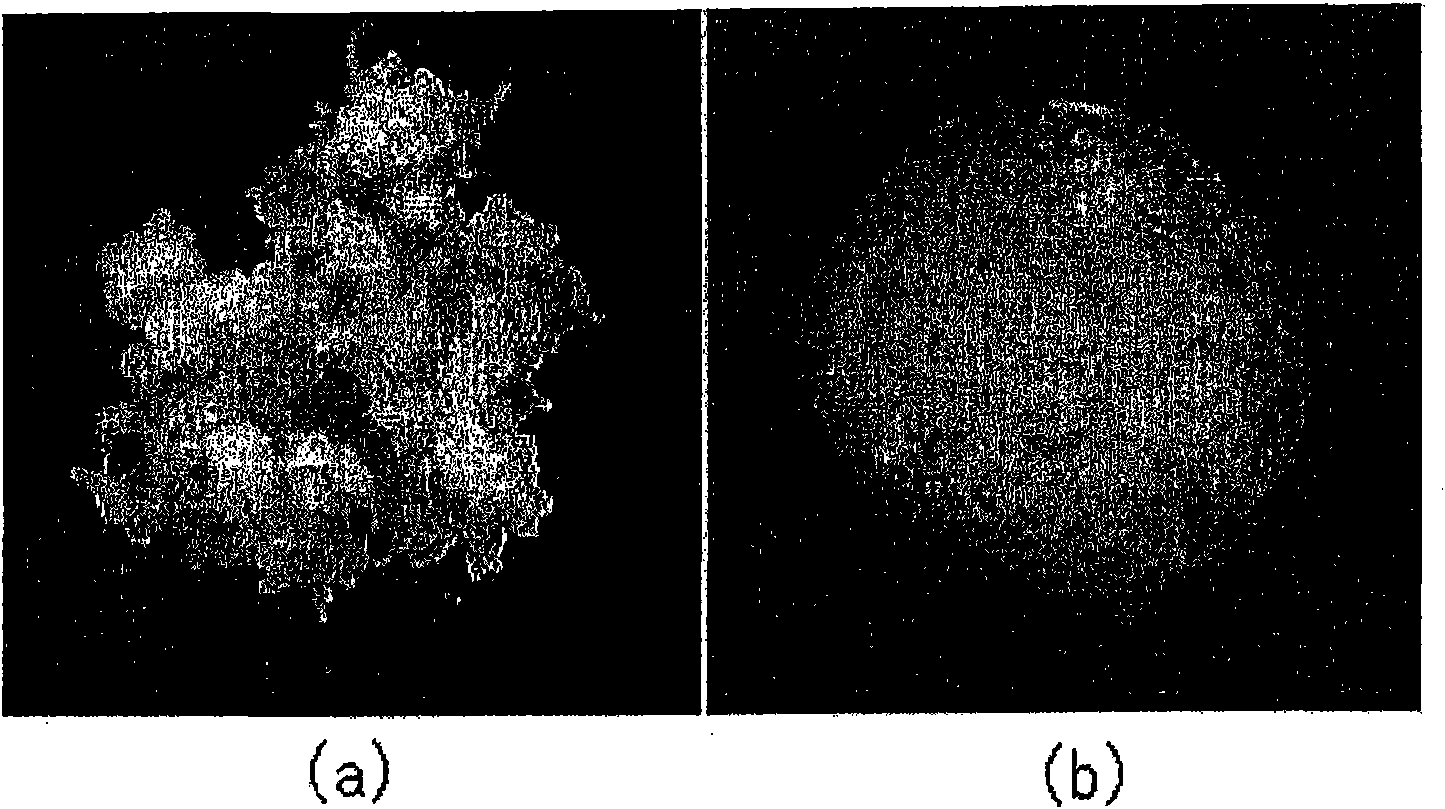Plant stem cell line derived from quiescent center and method for isolating the same
A cell line, plant technology, applied in plant cells, biochemical equipment and methods, microorganisms, etc., can solve problems such as high production cost, complex chemical structure, and little research
- Summary
- Abstract
- Description
- Claims
- Application Information
AI Technical Summary
Problems solved by technology
Method used
Image
Examples
Embodiment 1
[0062] Example 1: Isolation of Cell Lines from the Quiescent Center of Rice Plants
[0063] 1-1: Preparation of plant material
[0064] The rice seeds were dehulled, surface sterilized with 70% alcohol for 1 minute, soaked in 2% sodium hypochlorite solution for 1 hour, and then washed once or twice with sterile water. The washed seeds were thoroughly washed with sterile water for 30 minutes, and then dried to completely remove moisture.
[0065] The dried seeds were inoculated into N6 medium (CHU MEDIUM, Chu C.C., Proc. Symp. Plant Tissue Cult., Peking, 43, 1978) and cultured at 25°C for 5 days to germinate them. The components of the N6 medium are shown in Table 1 below.
[0066] Table 1
[0067]
[0068] Then, root tissues containing quiescent centers were collected from germinated seeds cultured for 5-6 days. The root cap was removed from the root tip, and a 1 mm thick portion of the cut surface was collected as an explant.
[0069] 1-2: Induction and isolation of q...
Embodiment 2
[0077] Example 2: Isolation of cell lines from the quiescent center of maize plants
[0078] Corn seeds were germinated in the same manner as in Example 1-1, and explants containing quiescent centers were collected from the roots of germinated plants. Then, the collected explants were cultured in the same manner as in Example 1-2 in a medium containing 2,4-D, CPA, IAA, IBA, NAA, and picloram, respectively, and cells from the quiescent center were observed. Whether the system is induced.
[0079] results, such as Figure 4 As shown, when explants of maize plants containing quiescent centers were cultured, the cell lines were induced in the medium containing 2,4-D at the same rate as root explants of rice plants containing quiescent centers were cultured. way to observe. However, in the case of auxins other than 2,4-D, the cells were not induced after inoculation of the explants, and adventitious roots formed in the explants. exist Figure 4 Among them, "A" is the tissue cu...
Embodiment 3
[0081] Example 3: Characterization of Cell Lines from the Quiescent Center of Rice Plants
[0082] 3-1: Observation of morphological changes during long-term culture
[0083] The cell line from the quiescent center isolated in Example 1 was inoculated into a medium having the same composition as the cell line induction medium of Example 1-2, i.e. N6 medium containing 2 mg / L 2,4-D and allow it to proliferate. Proliferating quiescent center cells were observed after 4 and 16 weeks of cell growth. Meanwhile, as a control group, cell lines derived from other than the quiescent center were allowed to proliferate in the same manner as described above, and then the morphological changes of the cells were observed.
[0084] results, such as Figure 5 As shown, after 4 weeks of culture ( Figure 5 A) and 16 weeks ( Figure 5 Photographs other than A) Morphological changes were then observed in cell lines derived from root tissue. After 16 weeks of culture, some local differentiat...
PUM
| Property | Measurement | Unit |
|---|---|---|
| size | aaaaa | aaaaa |
| size | aaaaa | aaaaa |
Abstract
Description
Claims
Application Information
 Login to View More
Login to View More - R&D
- Intellectual Property
- Life Sciences
- Materials
- Tech Scout
- Unparalleled Data Quality
- Higher Quality Content
- 60% Fewer Hallucinations
Browse by: Latest US Patents, China's latest patents, Technical Efficacy Thesaurus, Application Domain, Technology Topic, Popular Technical Reports.
© 2025 PatSnap. All rights reserved.Legal|Privacy policy|Modern Slavery Act Transparency Statement|Sitemap|About US| Contact US: help@patsnap.com



